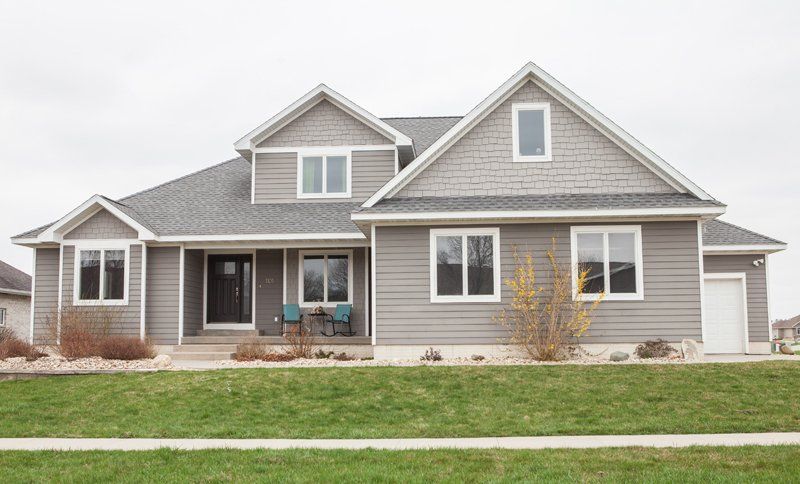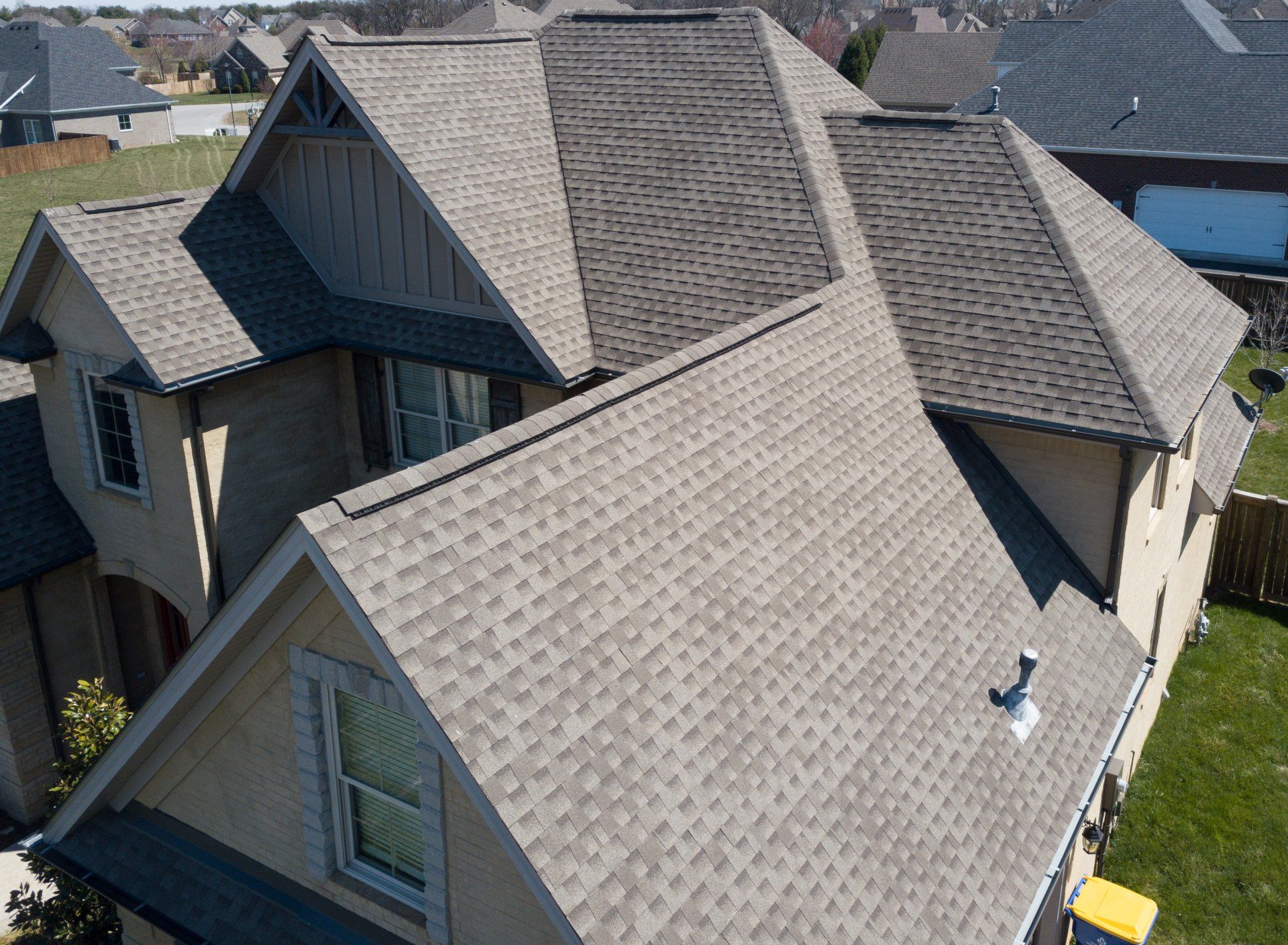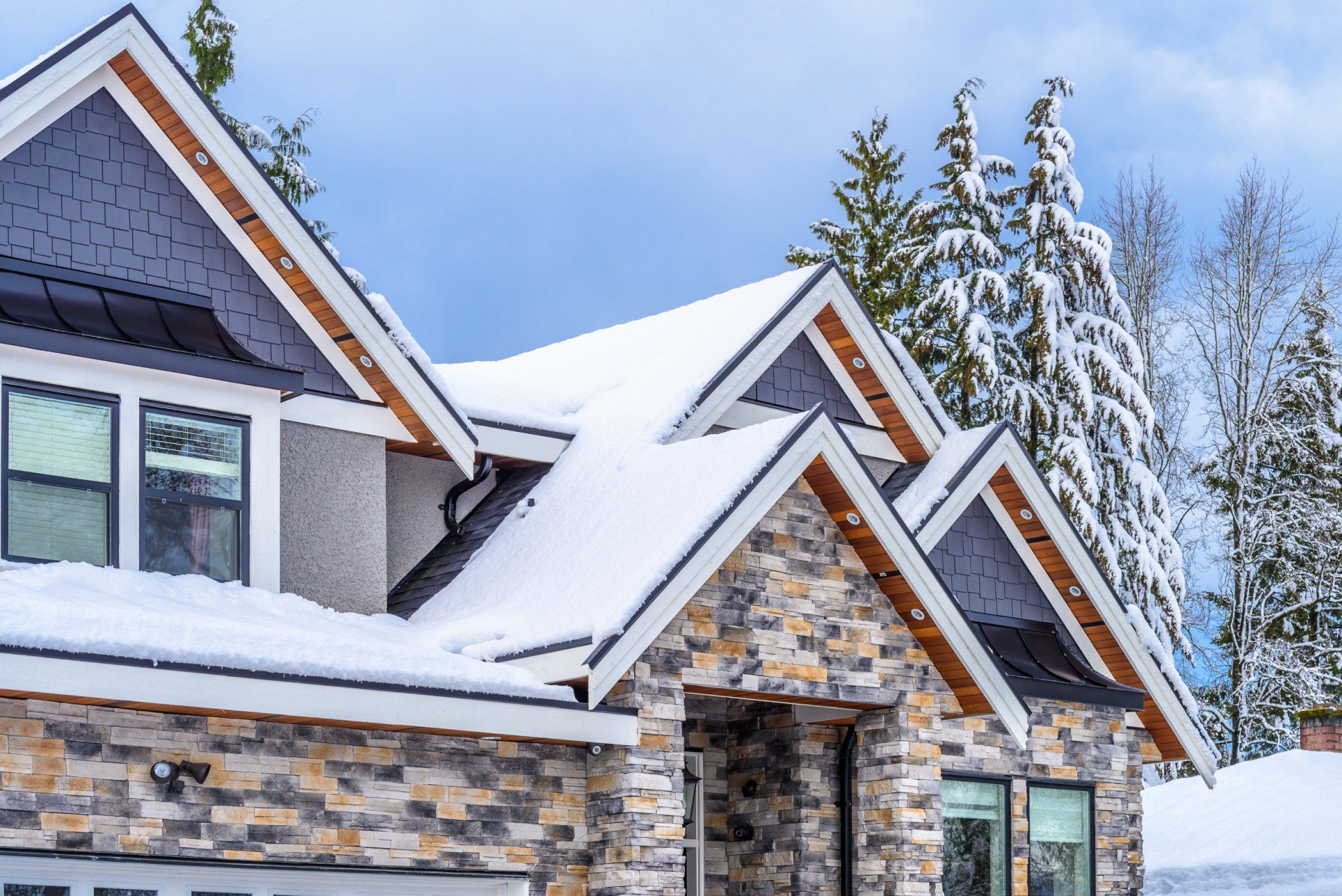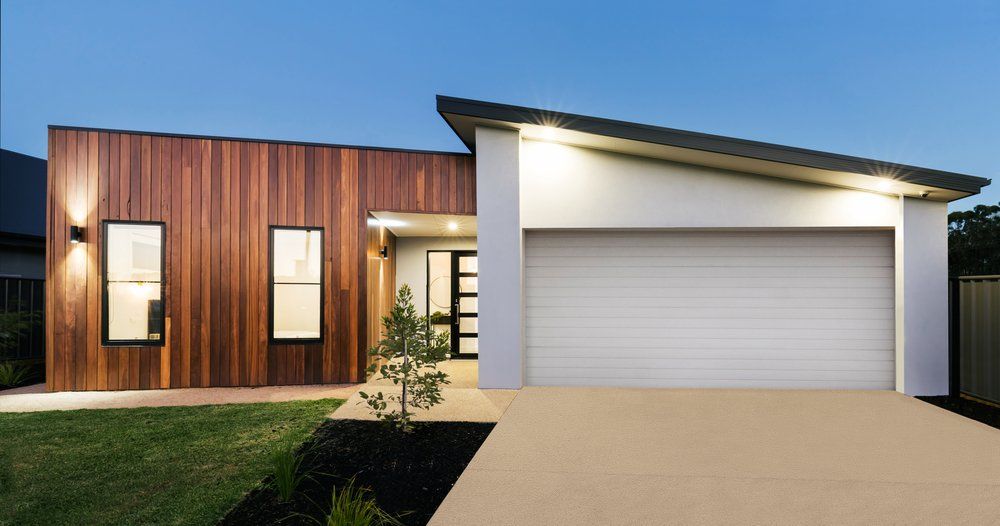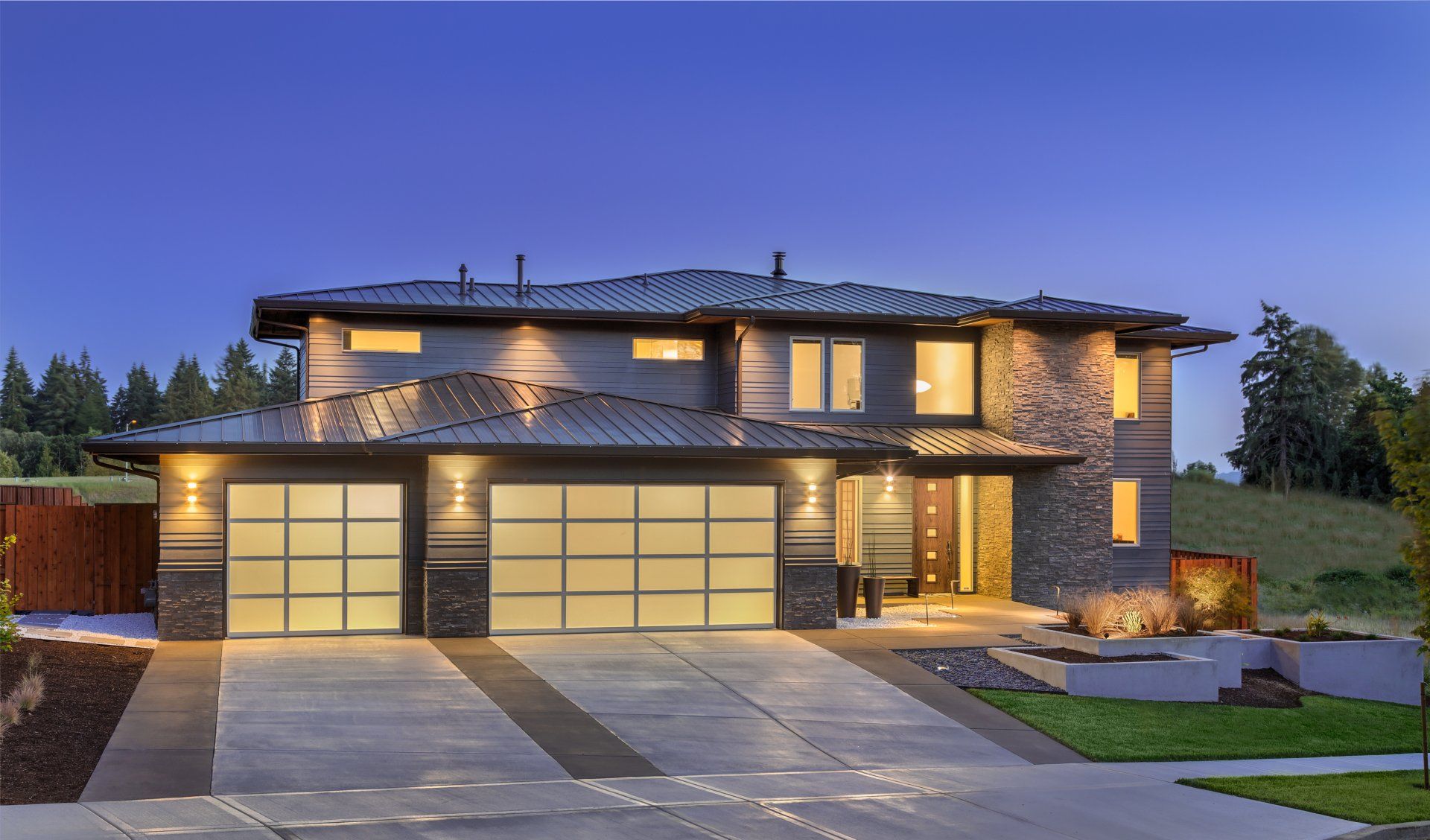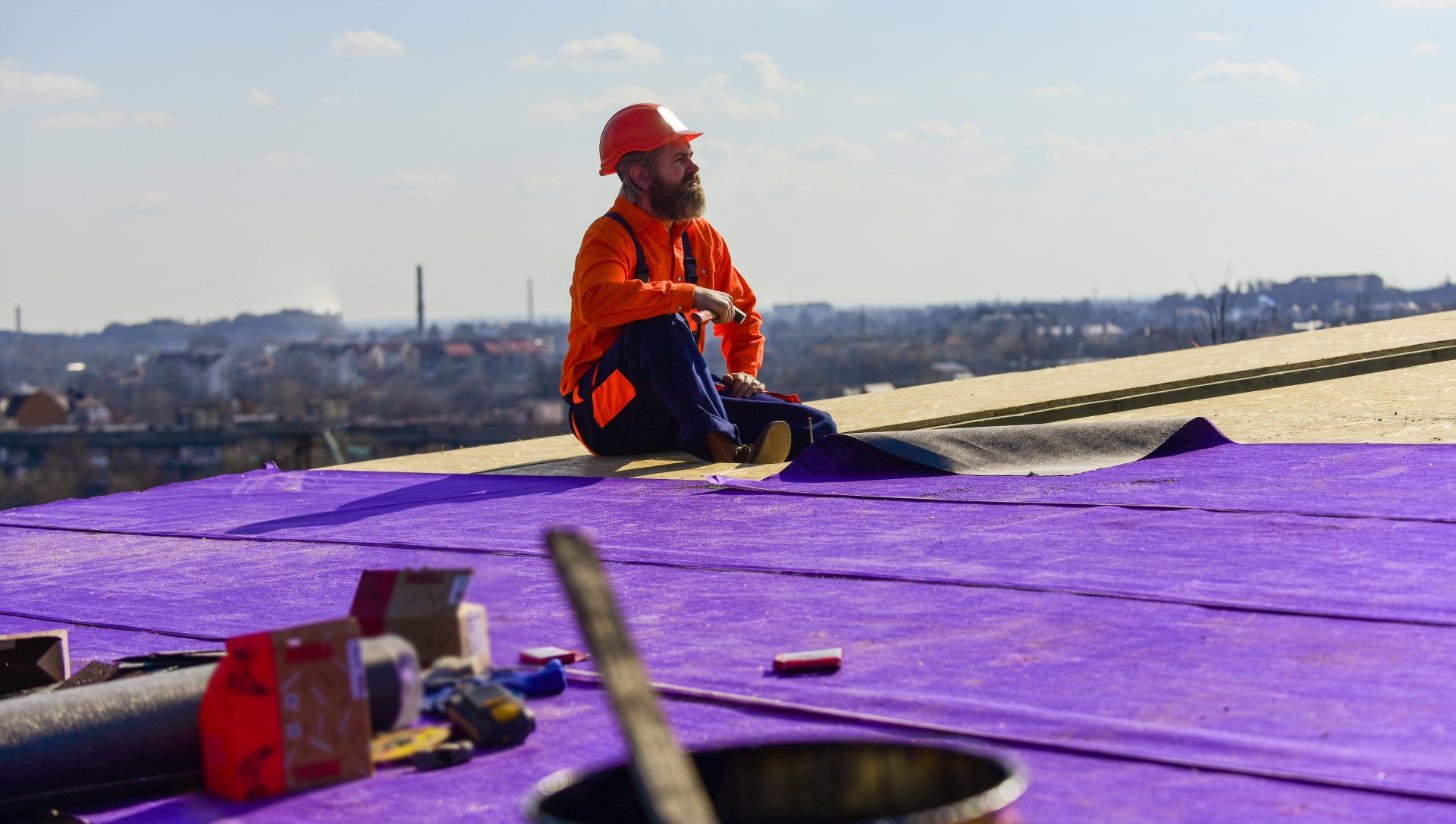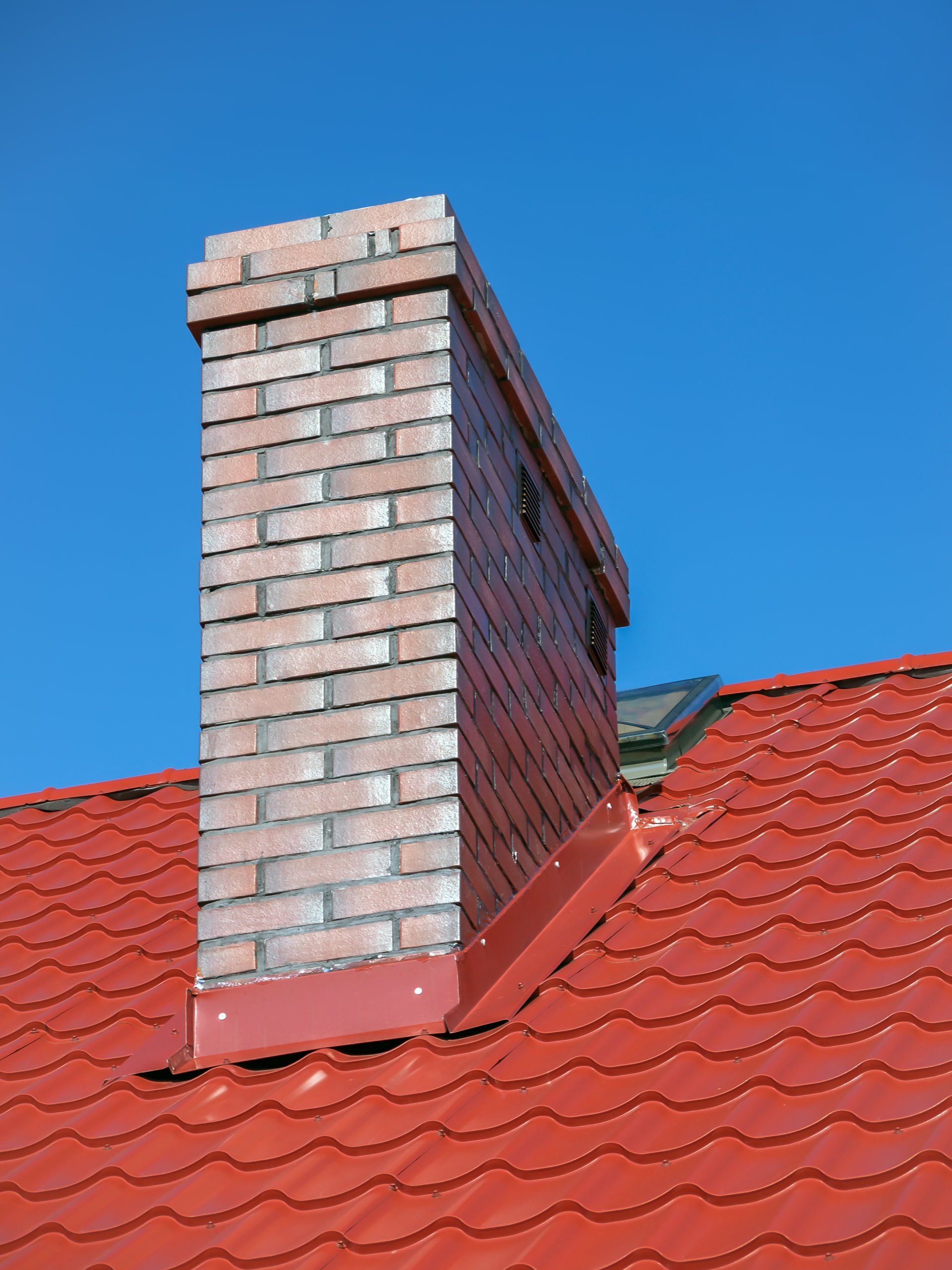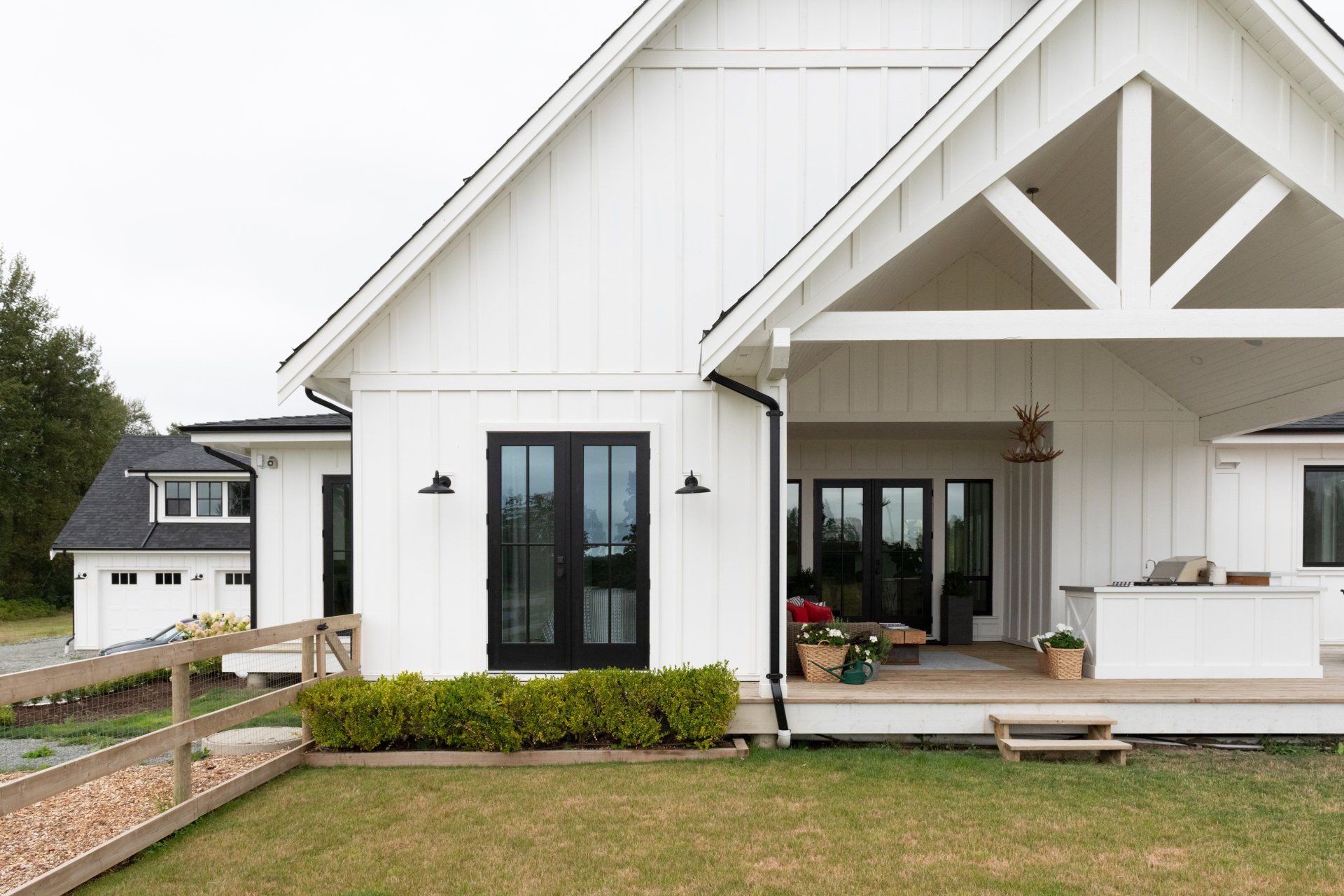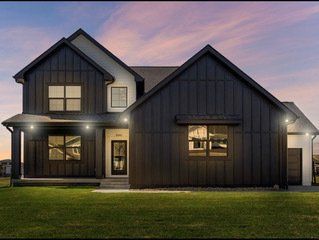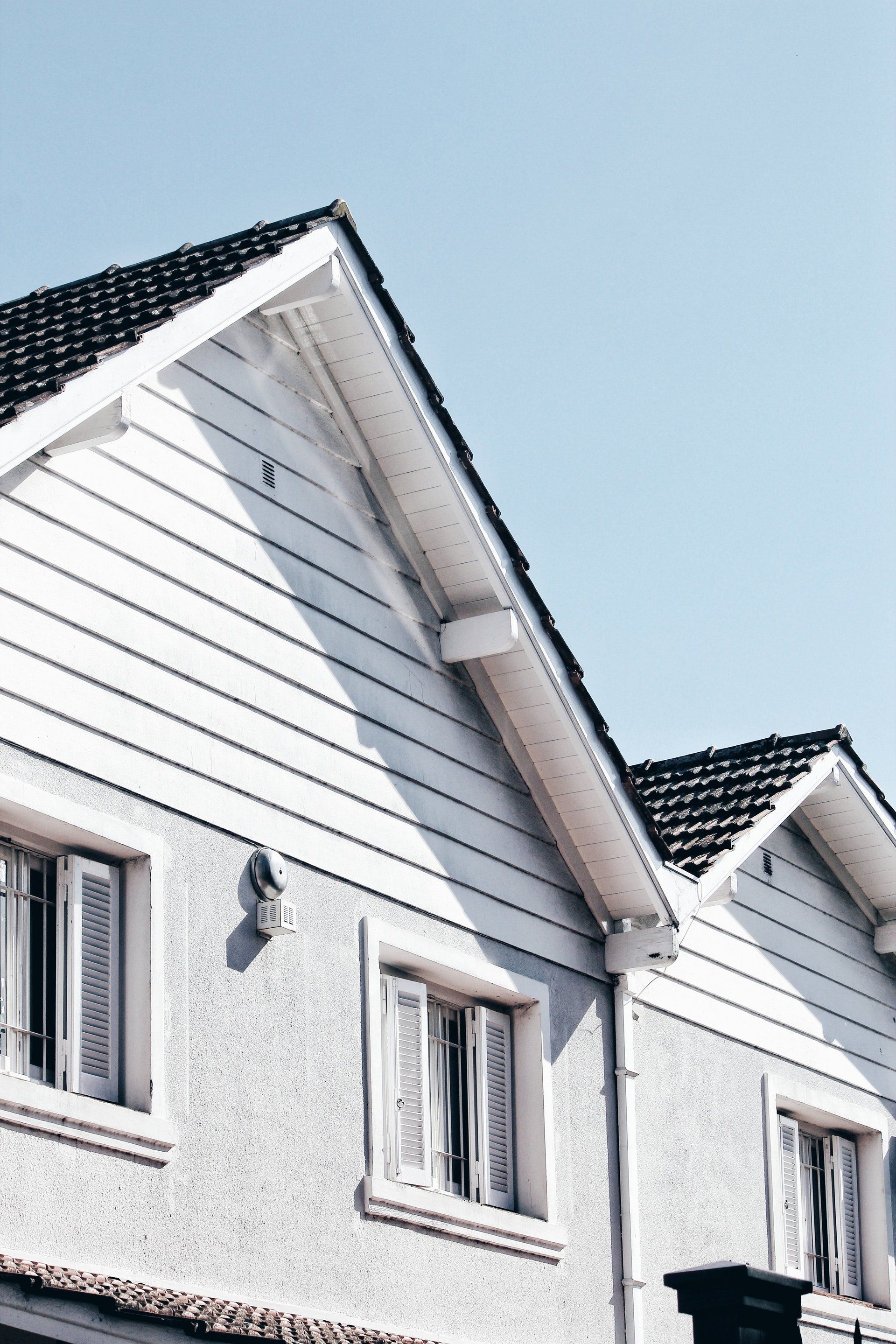Roof Replacement
Choose your next Roof Replacement with Aesthetic Elements, Inc.
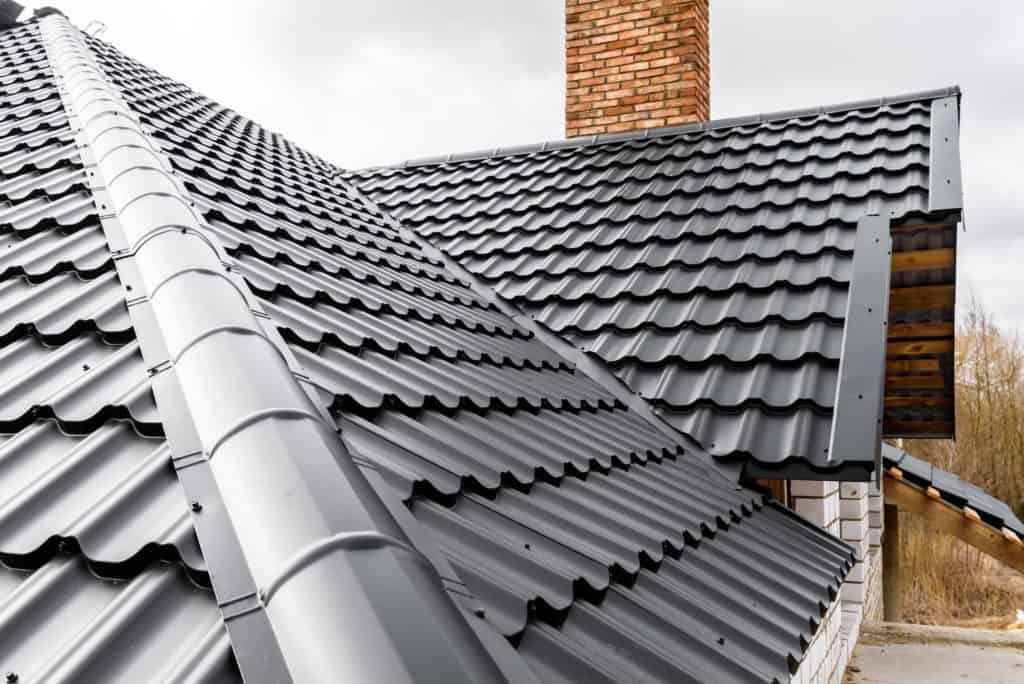
Innovation comes within these individual products, and every year, different product groups get better and better, making way for a brighter future in the roofing industry.
The top two roofing materials used today:
Metal Roofing has been on the rise because new technology has allowed it to become more silent than ever. Along with becoming quieter, it’s also been redesigned to look more like asphalt shingles instead of big metal sheets.
Asphalt Shingles is the age-old favorite of homeowners in the United States. From Alaska to Maine and Florida to Minnesota, these shingles are used on homes and other buildings to offer protection from the rain, snow, and severe weather.
In 2021 look for homeowners trying new color patterns and new versions of asphalt shingles that offer a longer life as well. To get the highest-quality shingles for your home, be sure to talk with your roofing contractor. There are many great options on the market, but every homeowner’s budget and preference are different and will determine what shingles you end up getting.
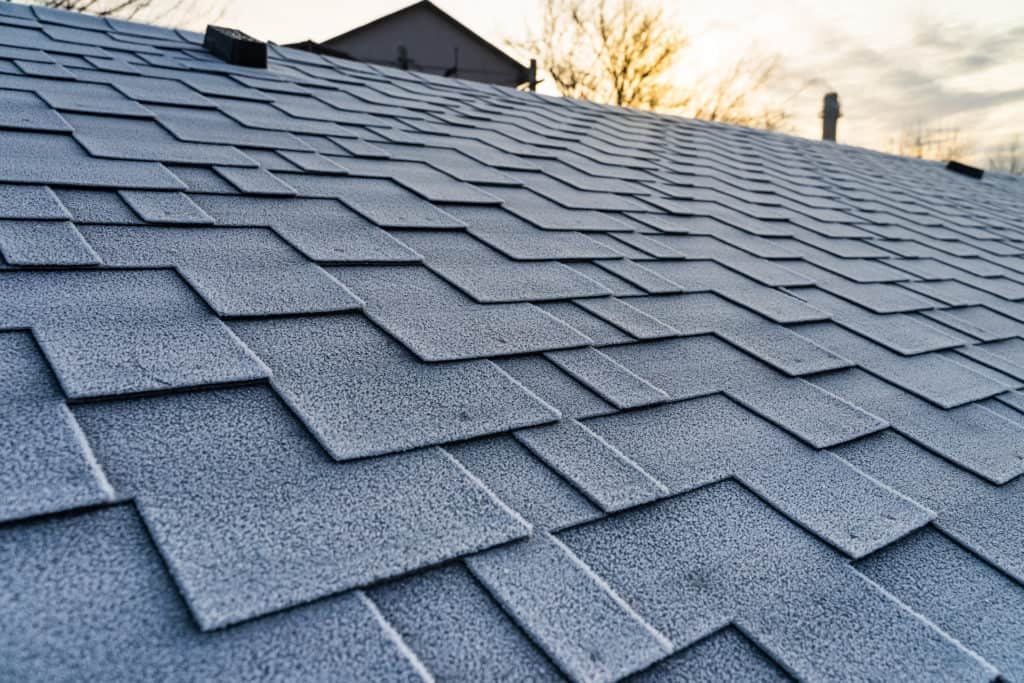

In 2021 look for homeowners trying new color patterns and new versions of asphalt shingles that offer a longer life as well. To get the highest-quality shingles for your home, be sure to talk with your roofing contractor. There are many great options on the market, but every homeowner’s budget and preference are different and will determine what shingles you end up getting.
Mixed materials are set to continue trending in 2022. A mixed roof is when a homeowner requests to combine two materials on their roofs, such as a metal roof and asphalt shingles. This then creates a type of hybrid that can be used to better protect your home and add to the aesthetic.
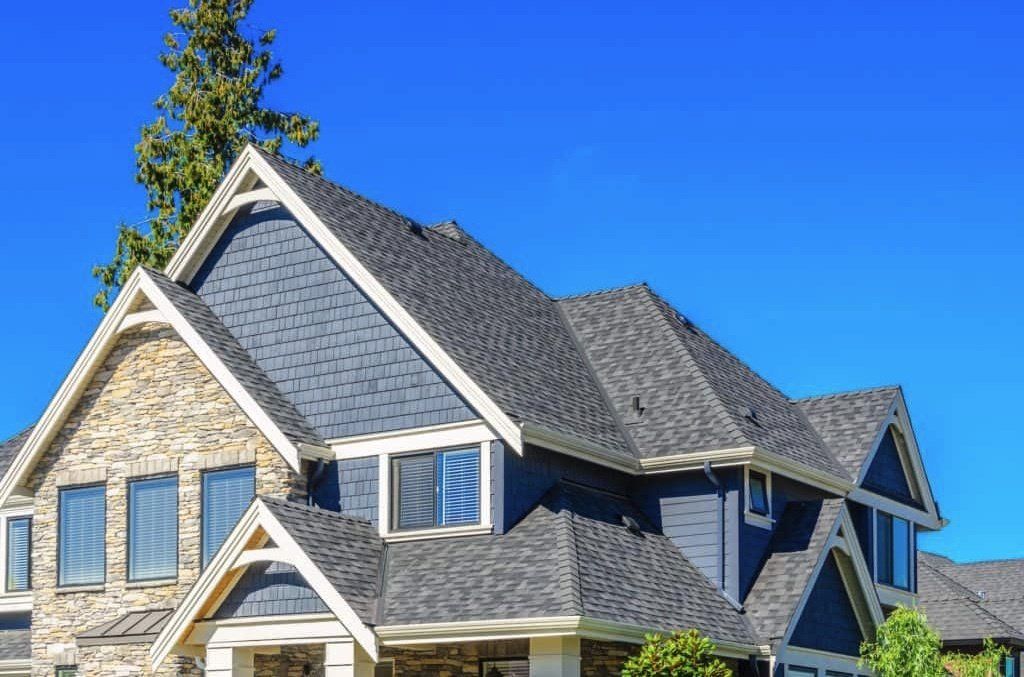
FREE Professional Roof Estimate & Inspection
If you’re interested in getting your home’s roof redone, we’d love to offer you a free estimate and inspection. Contact Aesthetic Elements, Inc. www.buildwithae.com for everything that you’ll need to keep your roof up to date on what’s trending and the best materials to keep your home safe from severe weather.
Serving your needs in Iowa- Steven Langan
319-236-6100 and Florida- Cody Langan
850-300-8398.
